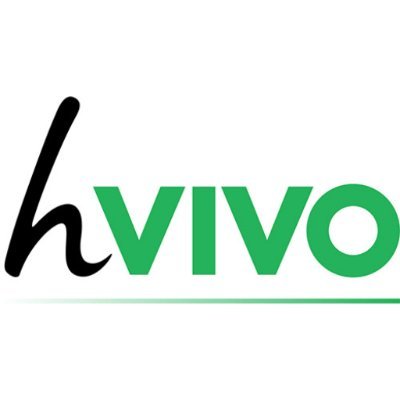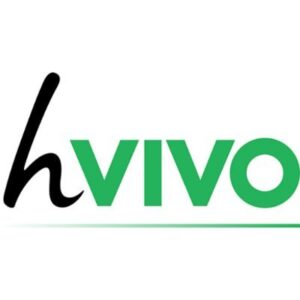In 1918, about 50 million people, or one-fifth of the world’s population, became infected with the virus known as the “Spanish” flu, according to the Centers for Disease Control and Prevention (CDC).
“The 1918 Pandemic was the reason the military was so invested in getting a vaccine during World War II. They had seen what happened during World War I,” said Catherine Troisi, Ph.D., infectious disease epidemiologist and an associate professor at The University of Texas Health Science Center at Houston (UTHealth) School of Public Health.
Developing an influenza vaccine took more than a decade. Clinical trials began in the 1930s and researchers worked closely with U.S. military officials during World War II. In 1945, the first flu vaccine was approved for military use in the U.S. The following year, the vaccine was approved for civilians.
hVIVO plc (formerly Open Orphan plc) is a rapidly growing specialist contract research organisation (CRO) and the world leader in testing infectious and respiratory disease vaccines and antivirals using human challenge clinical trials, providing end-to-end early clinical development services for its broad and long-standing client base of biopharma companies.


